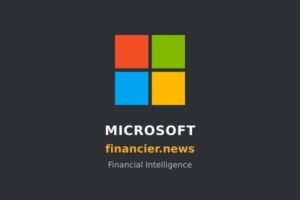#Ripple #XRP #XRPL #Cryptocurrency #Blockchain #DeFi #SEC #CryptoTrading
Ripple has recently published its Q1 report for this year, shedding light on the significant activities and advancements within its ecosystem, centered around its native XRP token and the XRP Ledger (XRPL). The first quarter of 2024 has been notably vibrant for Ripple, marked by a robust performance in network activities and substantial developments in its protracted legal tussle with the U.S. Securities and Exchange Commission (SEC). This period has seen Ripple making compelling strides both in operational metrics and legal fronts, setting a positive tone for its trajectory over the year.
In the trading sphere, the daily spot trading volume of XRP experienced a remarkable upswing of 40%, reaching approximately $865 million. Despite the constant volume across exchanges, a significant portion of the trading activity was concentrated on platforms like Binance, Bybit, and Upbit, which collectively accounted for more than 70% of the total traded volume. This influx in trading activities reflects a heightened speculative interest from crypto traders, maintaining an impressive daily average of $500 million. This considerable trading volume underscores a strong correlation with the general market dynamics, emphasizing the vibrant activity and interest in XRP across various trading venues.
Beyond trading metrics, the XRPL itself witnessed exponential growth, with the number of transactions doubling in the first quarter of 2024 compared to the last quarter of 2023. Transactions skyrocketed from around 121 million in Q4 2023 to more than 251 million by the end of Q1 2024. This surge in transactions notably coincided with a significant drop in the average transaction fees by about 45% to $0.000856 by March end. The reduction in transaction costs is attributed to a decrease in network congestion and a “reset” in operations following extensive testing of inscriptions on the XRPL, evidencing the scalability and efficiency improvements within the ledger.
Moreover, the XRPL saw crucial technological evolutions aimed at bolstering the decentralized finance (DeFi) landscape. The introduction of XLS-30, a non-custodial automated market maker (AMM), marks a significant enhancement in on-chain liquidity and trading functionality for DeFi developers and users. Integration with platforms like Axelar further expanded XRPL’s interoperability, enabling seamless interactions with smart contracts and decentralized applications across more than 55 blockchains. Despite the ecosystem’s growth, Ripple’s legal confrontation with the SEC persists, with the regulatory body proposing a hefty $2 billion fine, which Ripple contests vigorously. As the legal proceedings inch closer to a resolution, Ripple’s operational momentum and advancements in Q1 2024 underscore its resilience and commitment to fostering a robust and innovative crypto ecosystem.







Comments are closed.